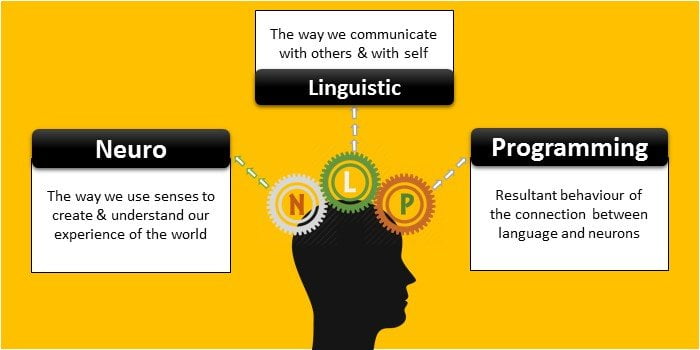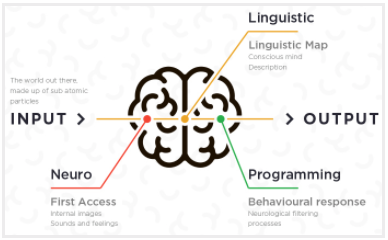Neuro-linguistic Programming (NLP)
Neuro-Linguistic Programming is one of the world’s most prevalent methods of mind control, used by everyone from sales callers to politicians to media pundits, and it’s nasty to the core. Here’s ten ways to make sure nobody uses it on you….ever.
Neutro-Linguistic Programming (NLP) is a method for controlling people’s minds that was invented by Richard Bandler and John Grinder in the 1970s, became popular in the psychoanalytic, occult and New Age worlds in the 1980s, and advertising, marketing and politics in the 1990s and 2000s. It’s become so interwoven with how people are communicated to and marketed at that its use is largely invisible.
How exactly does NLP work?
NLP is taught in a pyramid structure, with the more advanced techniques reserved for multi-thousand dollar seminars. To oversimplify an overcomplicated subject, it more or less works like this: first the user,as NLP people often refer to themselves and I should note here that the large majority of NLP people, especially those who are primarily therapists, are likely well-meaning of NLP pays very close attention to the person they’re working with. By watching subtle cues like eye movement, skin flush, pupil dilation and nervous tics, a skilled NLP person can quickly determine :
a) What side of the brain a person is predominantly using;
b) What sense (sight,smell,etc) is most predominant in their brain;
c) How their brain stores and utilizes information
d) When they’re lying or making information up.
After this initial round of information gathering, the NLPer begins to slowly and subtly mimic the client, taking on not only their body language but also their speech mannerisms, and will begin speaking with language patterns designed to target the client’s primary sense.



No comments:
Post a Comment